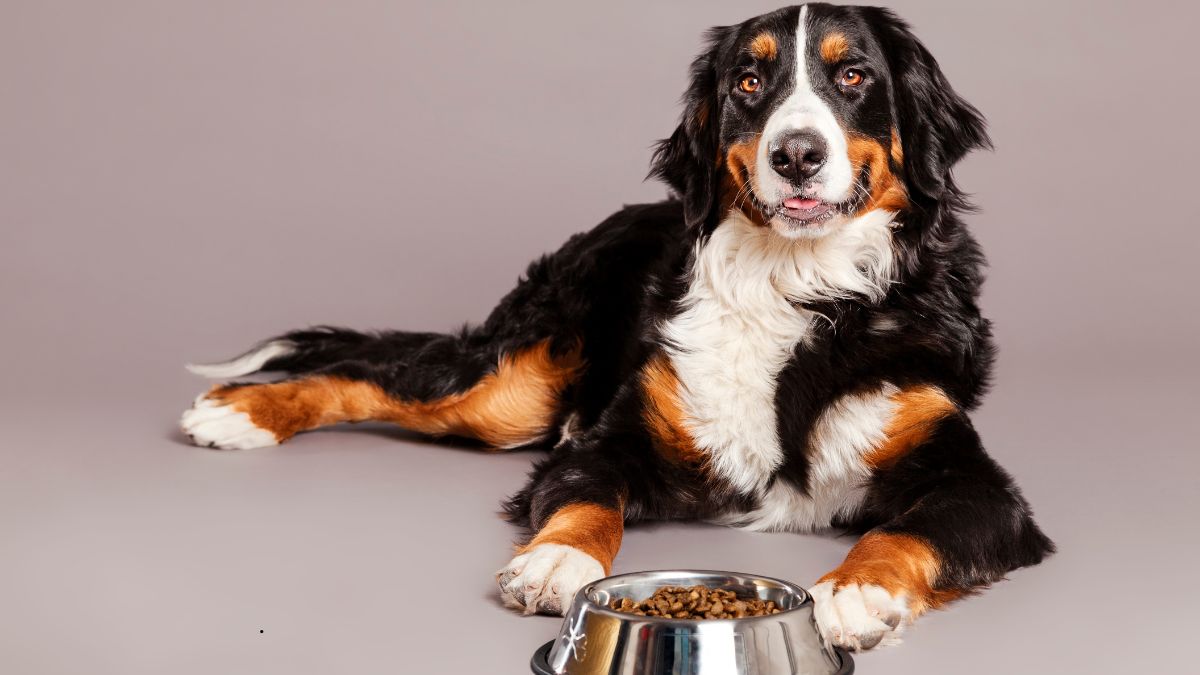
Choosing the best food for your dog can be overwhelming. With countless types, brands, and prices, it’s easy to feel lost wandering through the pet aisle. In fact, many dog owners, myself included, end up putting more thought into our pets’ meals than our own.
To simplify your decision-making, I’ve compiled everything you need to know. This guide introduces the key aspects of dog food selection, from what to look for and what to avoid, to how to balance quality and affordability.
What to look for in a quality dog food
When evaluating a bag of dog food, the first thing to check is a nutritional guarantee. You also want clearly named primary ingredients, such as “ostrich and rice” or “chicken and rice.” Here’s a closer breakdown:
1. Protein:
-
Look for a named source, like chicken, beef, or ostrich.
-
Aim for at least 20% protein content.
-
Avoid vague terms like “meat protein” or “meat meal” — these can refer to poor-quality byproducts.
2. Grains:
-
Choose foods listing named grains, preferably rice over maize.
-
Opt for brands with low GMO content (ideally less than 5%).
3. Vegetables:
-
Vegetables are a great addition and can contribute to your dog’s overall health.
-
Look for natural sources of fiber, vitamins, and minerals.
Ingredients are listed from highest to lowest percentage, so ideally, these key items should appear at the top of the list.
Ingredients to avoid
1. Meat by-products:
-
Acceptable if named (e.g., “chicken by-product meal”).
-
Avoid if vague (e.g., “meat by-product meal”) — quality and origin are questionable.
2. Generic fat sources:
-
The fat source should be clearly named, like “chicken fat.”
3. Sweeteners:
-
Dangerous additives like xylitol and propylene glycol should be strictly avoided.
4. Artificial colors, flavors, and preservatives:
-
Watch for harmful substances such as BHA, BHT, ethoxyquin, propyl gallate, acesulfame-K, and partially hydrogenated oils.
Additionally, be cautious about ingredients like corn gluten meal, wheat flour, artificial colors, and high sugar content. These offer little nutritional benefit and can cause long-term health problems.
If your dog is picky, it’s better to naturally enhance their food with additions like a raw egg, a small amount of raw mince, or a splash of milk, rather than relying on foods loaded with artificial enhancers.
Popular dog food brands available in South Africa
The South African market offers a wide variety of dog food options, including:
-
Acana
-
Hills
-
Pedigree
-
Bobtail
-
Canine Cuisine
-
Amigo
-
Enerpets
-
Jock Multistage
-
Montego
-
Complete
-
Field + Forest
-
Ideal
-
Optimizor
-
Ultra Dog
-
K9 Generations
-
Dogsense
-
Lionel’s Choice
-
Orijen
-
Webbox
-
Purina
-
Royal Canin
-
Eukanuba
You’ll also find basic pet foods from supermarkets like Spar, Pick n Pay, and Checkers.
Prices can range dramatically — from as low as R18 per kg to premium options costing over R200 per kg.
Nutritional requirements for a standard dog
A small to medium breed adult dog (around 15kg) typically needs the following daily:
-
Protein: 25 grams
-
Calories: 922 kilocalories
-
Fats: 14 grams
-
Vitamins and minerals: Approximately 5 grams
Of course, individual needs vary based on factors like age, activity level, metabolism, and specific health conditions. Always consult your veterinarian before making any major changes to your dog’s diet.
Final thoughts
Choosing the right food for your dog is a balance between quality, affordability, and your pet’s unique needs. By focusing on clear, high-quality ingredients and avoiding fillers and harmful additives, you can help ensure your dog leads a healthier, longer life.
Whether you’re ready to invest in premium brands or searching for budget-friendly options, making an informed decision will always be your best first step toward your dog’s wellbeing.

